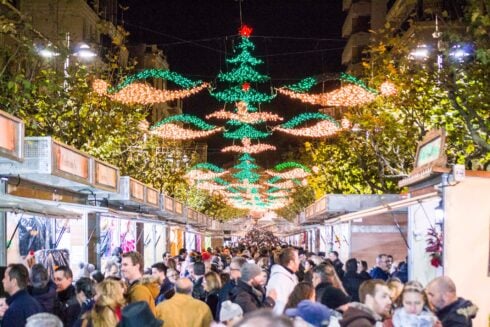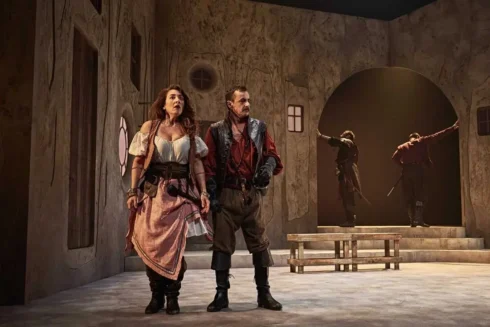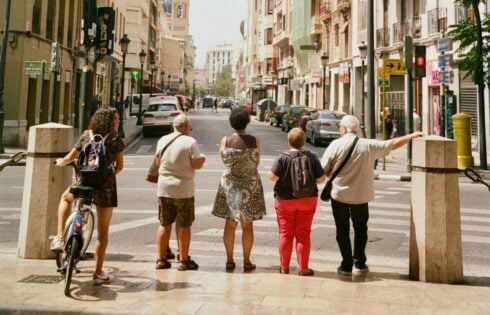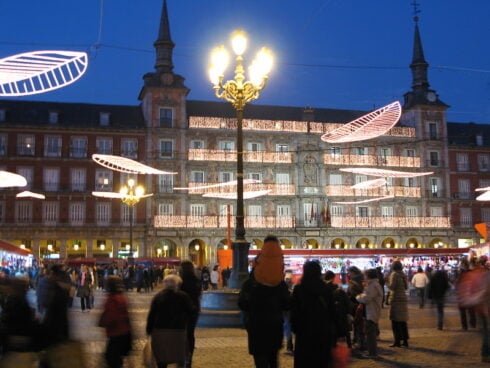FROM the palaces of Spain to the cathedrals of colonial Mexico and the revivalist flair of early 20th-century California, the Churrigueresque style dazzled with theatrical excess and sculptural extravagance – a brief but unforgettable flourish in architectural history.
Whether you find it breath-takingly beautiful, or over-the-top hideous, there’s no denying that the style has a strong flavour.
This extremely elaborate design tendency was in fashion in Spain from about 1680 to 1750. It spread to the Spanish colonies (notably Mexico), but is almost never seen anywhere else.
Churrigueresque is a branch of the Baroque tradition – in fact, one of its most flamboyant and decorative expressions. While Baroque architecture is known for its drama and richness, Churrigueresque took those qualities to theatrical extremes, especially in its treatment of portals, altars and facades.
Because it relies on exaggerated detail, it rarely manifests itself on flat walls. Doorways, being easier to work, are where it is most often to be found.
So where did this strange architectural form get its strange name?
The answer is, from its namesake, the sculptor Jose Benito de Churriguera, who died in 1725. He and his two brothers, Joaquin and Alberto, were jobbing craftsmen and architects, working in Salamanca and Madrid.

What Jose and his family were striving for was not ‘rustication’ (which refers to rough, textured masonry), but rather a radical reworking of classical ornamentation – manipulating columns and entablatures into dramatic, sculptural forms that some would call grotesque.
The brothers caught the mood of the time. As they were awarded more and more contracts, they pushed their designs to new limits of ornamentation.
Their work survives all over Salamanca and in parts of Madrid. They even made it (briefly) to Andalucia, planning and building the facade of the San Telmo Palace in Sevilla, and a huge altar inside Ronda’s Santa Maria la Mayor.

Perhaps the finest examples of Churrigueresque are to be found in Mexico. The Cathedral of Zacatecas and Santa Prisca in Taxco are outstanding specimens.
What often happened was that Mexican churches like the Parroquia Antigua in Guanajuato stood unfinished for long periods of time. During the 18th century, these were often completed in grand style as money became available.
When the Jesuits were expelled from Mexico and other Spanish territories in 1767, they left behind institutions, funds and architectural legacies that contributed to a wave of construction in the churrigueresque style.
Improbably, this highly ornate ‘look’ made it into the 20th century.
In 1915, there was a Panama–California ‘expo’, at which two American architects made playful forays into the Spanish–Mexican format, triggering a new craze.
Bertram Goodhue and Carleton Winslow developed ‘California Churrigueresque’, and many of their buildings still stand today in the city of San Diego.

Could the style ever make another comeback?
We are reluctant to say ‘never’, but it seems unlikely. Modern materials do not lend themselves to protracted modelling.
Furthermore, modern owners are cost-conscious, and do not see ornamentation as a high priority.
Most important of all, churrigueresque was a form of ‘trompe l’oeil’ – an attempt to convince the observer that heavy stone is a light and nimble material.
Today we build lightly. There is no need to beguile anyone, and therefore no modern role for this hugely elaborate style.
READ MORE:
- SPANISH STYLES: Mudejar architecture is a testament to cultural fusion
- SPANISH STYLES: The ornate Plateresque style flourished during Spain’s Golden Age, leaving a legacy of intricate facades
Click here to read more Property News from The Olive Press.








